PLANTS that always steal the show with minimal effort
First Editions® offers a diverse range of shrubs, each thriving under specific care conditions. However, there are some essential guidelines that all shrubs will benefit from.
Planting step-by-step

1. Lay Out Your Plants:
Prepare your soil and arrange the plants according to your garden design. Consider the mature size of the plants to ensure they will barely touch when fully grown, promoting a full appearance and allowing air circulation.
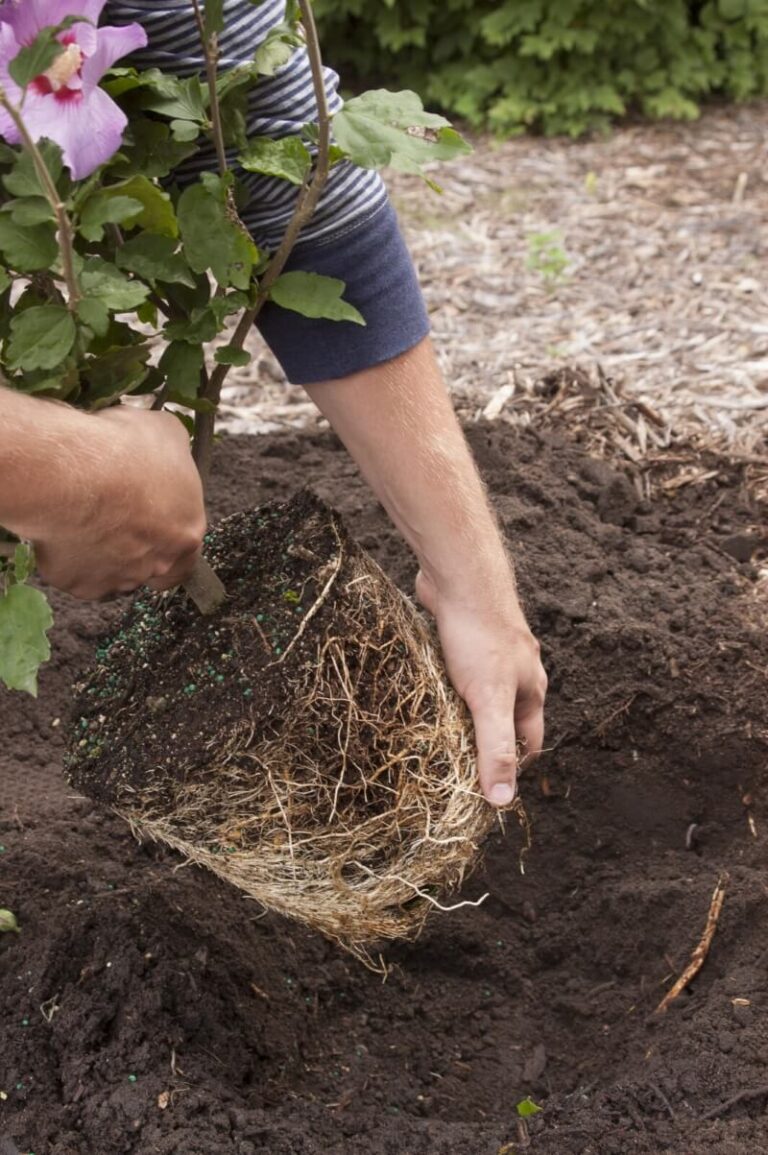
2. Loosen the Roots:
If the roots are tightly packed, gently loosen them with your fingers before planting to encourage root growth and spread once in the ground.

3. Dig the Planting Holes:
Dig planting holes slightly larger than the pot size. Add any required fertiliser, organic material, or nutrients to improve your soil mix in the hole before placing your plants.

4. Position the Plants:
Place the plants in the holes, ensuring the crown of each plant – where the base of the stems meets the soil – is level with the ground. Avoid placing the crown too high to prevent drying out or too low to prevent bloom failure and potential rot.
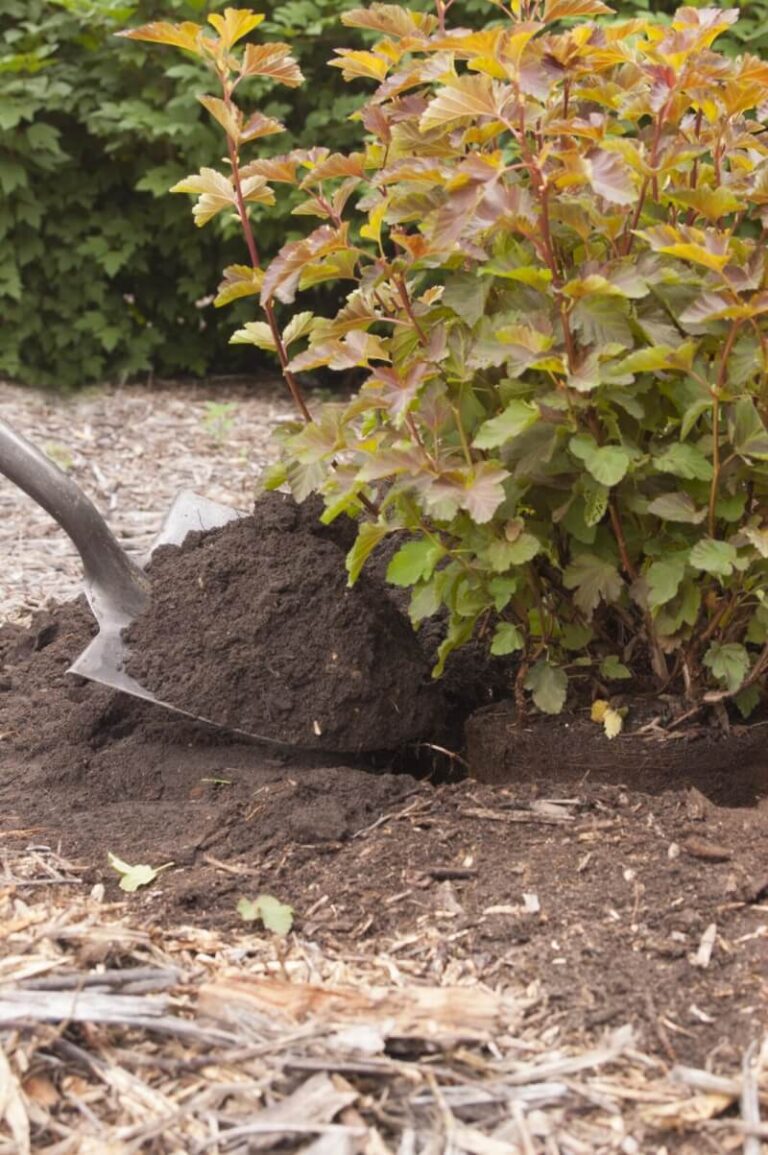
5. Fill and Firm the Soil:
Refill the hole with soil, packing it firmly around the plant to provide stability and support. This ensures proper establishment and growth.
Care
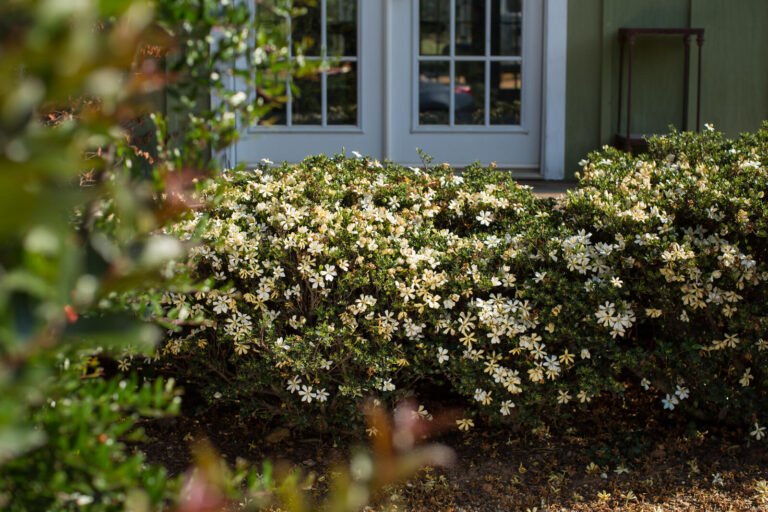
Location
Begin by creating a garden plan. Are you looking to enhance your curb appeal, add a burst of colour to a particular spot, or replace old, tired plants in your landscape? Determine the space you have available, how many plants you need and how much sun each location receives and draw up a garden plan. Knowing the conditions you are working with will help determine how much time and money you will be investing, and what varieties will work best in the space you have available.
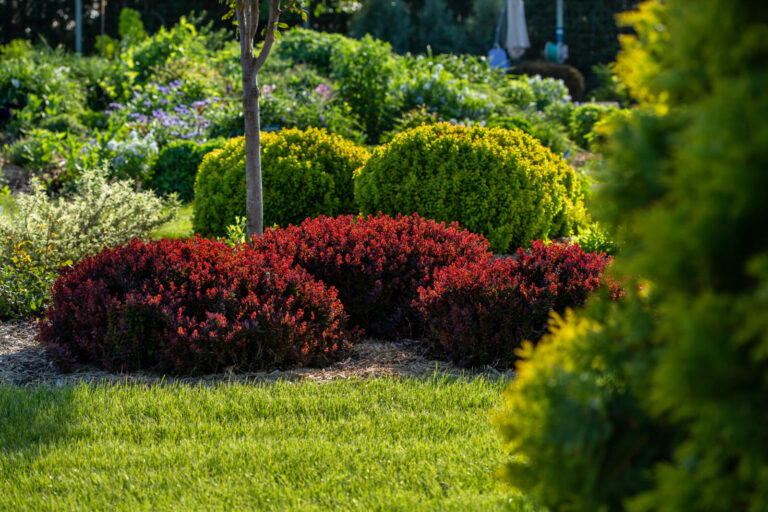
Soil preparation
Apart from climate, soil is the most crucial naturally occurring factor for plant growth. Ensuring your soil is properly prepared will significantly impact the overall health of your plants and their long-term growth. Most plants prefer a rich loam soil with at least 5 percent organic matter, such as compost material also known as humus. Spread this 2 – 6 inches deep across the entire bed and work it into the soil with a shovel or tiller.
If you have heavy clay soil, add gypsum to break up the clay and improve drainage. A good rule of thumb is to apply 5 – 15 pounds of gypsum per 100 square feet. Organic matter also creates air pockets that greatly aid in water drainage. In sandy soil, peat moss can help retain moisture.

Fertilising
Landscape plantings will thrive with a spring application of a simple, well-balanced, slow-release fertiliser. We recommend a granular or spike-form fertiliser rather than water-soluble types, which are best used in small doses and mainly for container gardens. When applying fertiliser, follow the directions on the label, as over-fertilising can damage the plants’ root systems. One exception is roses, which benefit from monthly applications through mid-summer. As a general rule, it is best to stop fertilising trees and shrubs in late summer. If you are unsure what fertiliser to use, ask a professional at your local garden centre. Be prepared to tell them what types of plants you want to fertilise, and they will help you select the proper product!
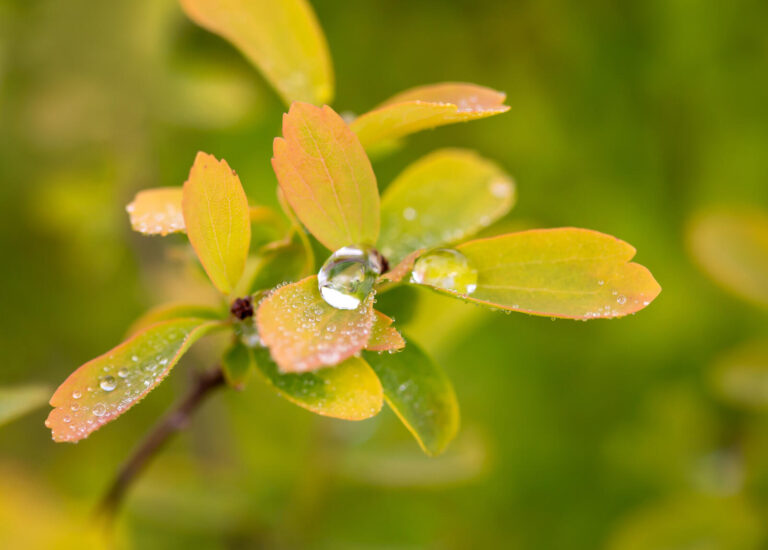
Watering
Watering is crucial for long-term growth and health, especially for newly planted shrubs. Young root systems can easily dry out while they are becoming established, so paying close attention is important. To determine if a plant needs watering, stick your finger in the soil to check how dry it is. Just because a plant is wilting does not necessarily mean it needs water – it can sometimes indicate overly wet soil as well! When you water plants, it is best to give them a deep, thorough watering less often rather than watering lightly every day. A soaker hose is an excellent way to achieve this.
As plants grow and mature, you will not need to water as frequently. As a guide, if your garden does not receive 1” of natural rainfall per week, you should check the soil and consider providing supplemental water with a deep soaking. A natural way to keep soil cool and prevent evaporation is to use a wood chip, bark, or cocoa bean mulch.
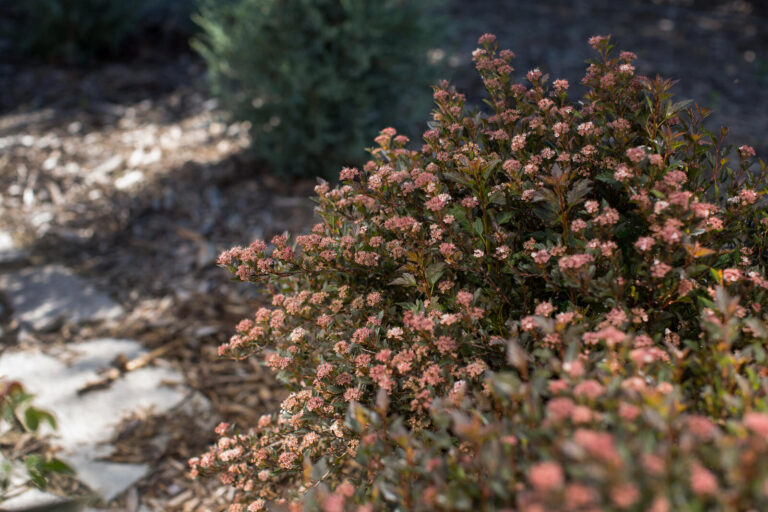
Pruning
Pruning is difficult to generalise because different varieties have different pruning requirements. For example, blooming shrubs should be pruned based on the time of year they bloom. Check the each variety’s specific pruning needs before starting.
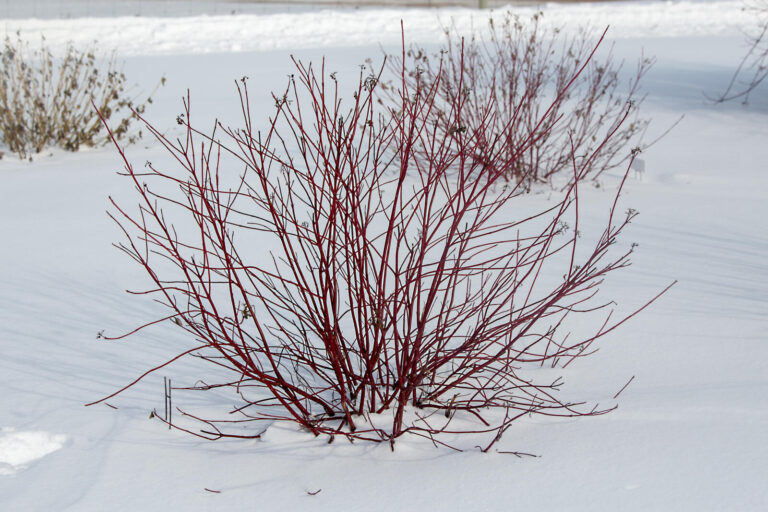
Overwintering
If you live in an area with freezing temperatures, it is important to cover and protect certain varieties from the cold winter. Leaves, wood mulch, and straw are excellent options for protecting your plants. In the spring, avoid removing the mulch too quickly; wait until all danger of frost has passed before uncovering to ensure beautiful blooms from both old and new wood.
If your plant is in a container, bring the entire container into your garage or basement once it has gone dormant (when the plant loses its leaves in autumn). Container plants will not require as much mulch but should be lightly watered throughout the winter months since they will not receive moisture from snow and rain.